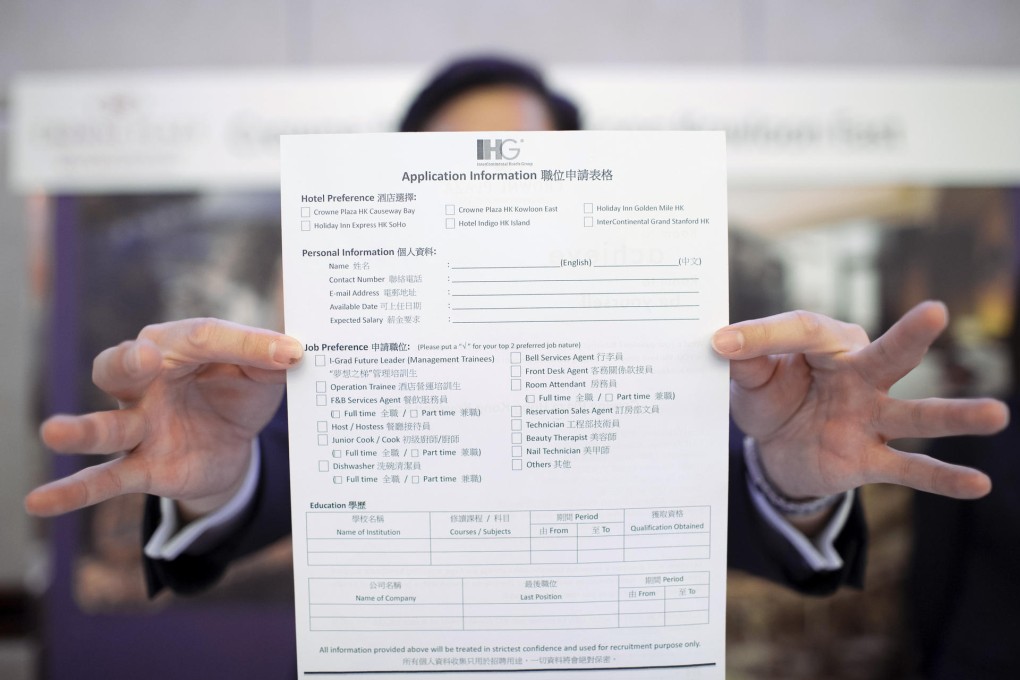Hong Kong to be 118,000 workers short by 2022, government forecasts
Government sees 118,000 jobs with no one to fill them by 2022, and a big educational mismatch

Hong Kong will see its shortage of workers skyrocket to nearly 118,000 in 2022, the latest government projection shows.
That's up from its forecast two years ago of a shortage of 14,000 workers by 2018.
And the latest figure is a conservative assumption. If, instead of growing by 4 per cent a year, the economy expands by 5 per cent a year, the shortage could be almost 178,000, the Labour and Welfare Bureau says in a paper to the Legislative Council's manpower panel.
Its figures also show a big mismatch between the job skills required and people's levels of education.

Based on projected growth in the population and labour needs, by 2022 there will be too few university graduates and people with a secondary education or less, and too many with a diploma, sub-degree or postgraduate degree.